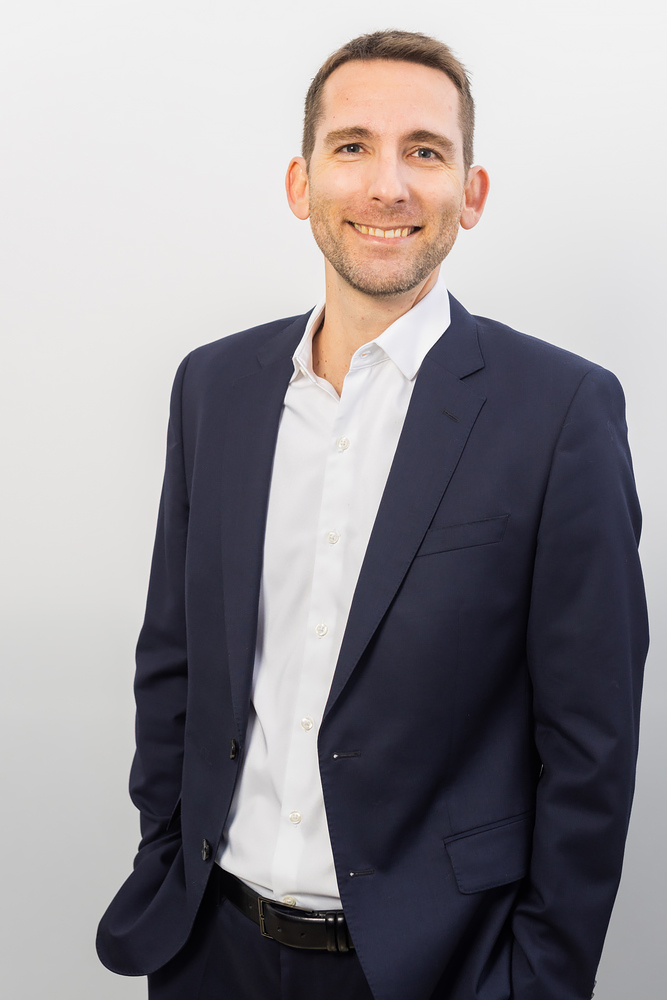Since I was little I was fascinated by animals, especially wildlife. I loved learning about them, their habits, behaviors, most remarkable characteristics such as size, speed, height, feeding, etc. As I grew up, that passion for wildlife began to fall asleep, giving way to other types of concerns. During my youth, my father gave me his SLR camera with interchangeable objects and taught me the basics of photography. I liked taking photographs of all kinds, from portraits to landscapes. They weren't good pictures, although it amused me. But after a few years, when I lived in my apartment, they broke in and took the photographic equipment. That was the end of my adventure in photography. Many years passed until, on a work trip I had to make to Guatemala, I managed to visit the Mayan ruins of Tikal recommended by my father, which he visited in the past. That trip, in the middle of the jungle and surrounded by wild animals, reawakened in me the passion for wildlife and the adventure of exploring natural places. At the same time, smartphones appeared and with them photography within everyone's reach. So I took pictures again this time with my mobile. The mobile was fitted with mini lenses for macro photography. Then I bought a zoom lens that connected to the mobile via Bluetooth. From there it went to a 70-200 lens connected to the phone, which I took on safari to Kenya and the Corcovado peninsula in Costa Rica. I finally understood that my passion for photography and wildlife justified investing in a mirrorless camera as well as better lenses. Until today I have two cameras and seven lenses that I have been using in my travels through Uganda, UAE, Morocco, Svalbard, etc. Always learning to achieve photographs that transmit and connect with the observer. Although in recent years I have obtained prizes, recognitions and honorable mentions that have sweetened the path, the real prize is the opportunity to live unique experiences and to invest the vital energy in this art called photography.
